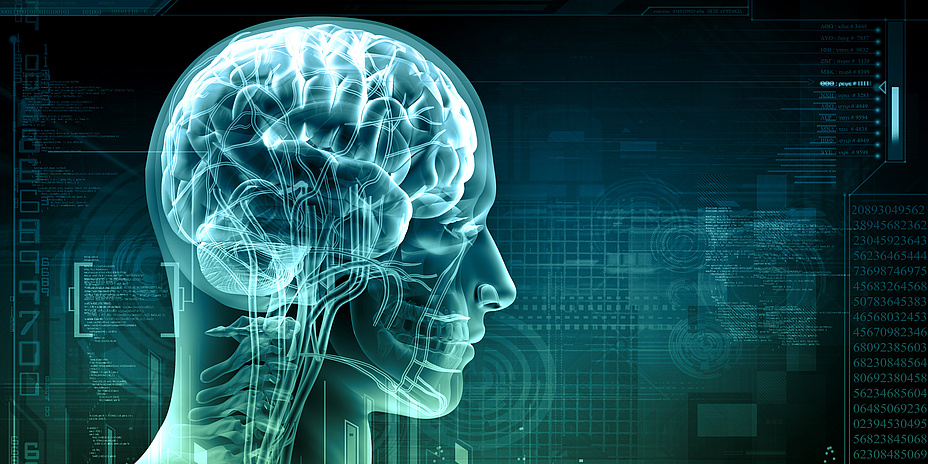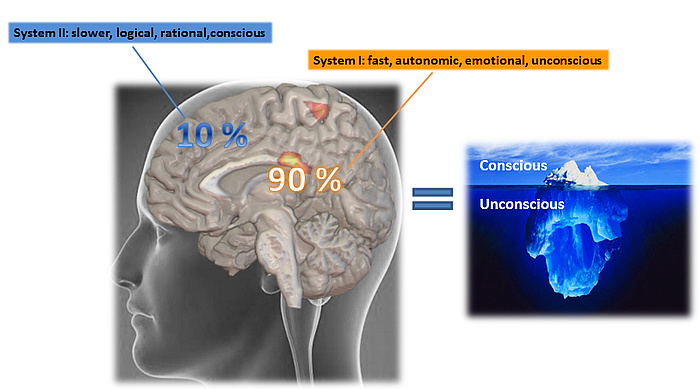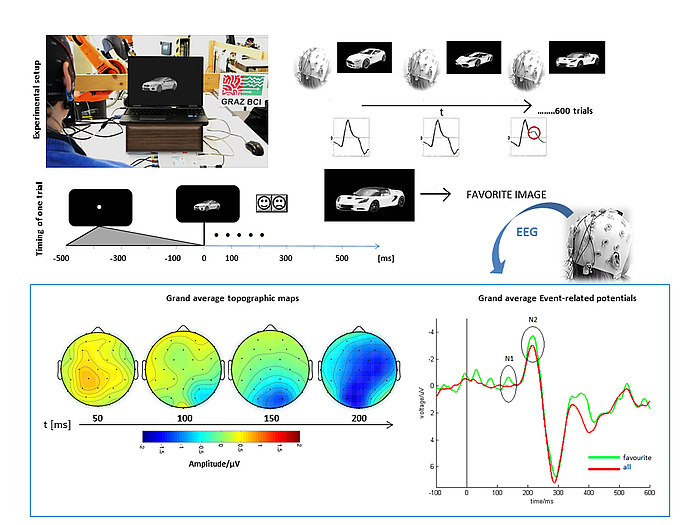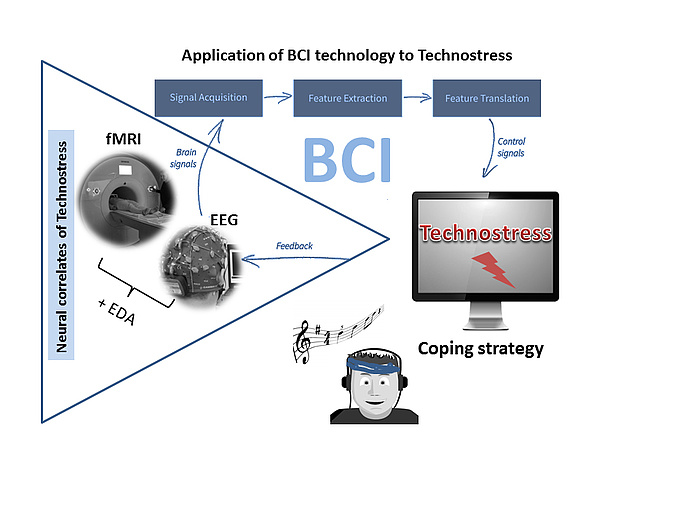BCI meets NeuroIS

Classification of (un)conscious decision-making
A brain-computer interface (BCI) translates physiological brain signals into an output that reflects the user’s intent, providing users with a new, non-muscular channel for communication and control. In the last ten years BCI technology has become more interesting for a broader community of researchers, especially the passive BCIs. A passive BCI is a system that derives its outputs from arbitrary brain activity arising without the purpose of voluntary control, for enriching a human–machine interaction with implicit information on the actual user state. Additionally, in recent years marketing researchers have also been interested in using brain imaging tools instead of simply asking persons about their preferences. This arises from the assumption that people often cannot fully explain their preference when explicitly asked, and for this reason neuroimaging tools are used to assess information about the consumer’s brain. EEG in particular may provide hidden information about the consumer experience and decision-making which is mediated by thought processes that occur “below the surface”. From several neuroscience studies we know that like/dislike decisions are made seconds before we are really aware of them. That is, milliseconds before we make a conscious choice about a product, we have already made it unconsciously.

Reduction of technostress
Another novel application of BCI technology is related to “technostress”. Technostress is a phenomenon that can for example arise from direct human interaction with malfunctioning information and communication technology (ICT). Most of the studies investigating the effects of technostress have used biological measures namely electromyogram (EMG), heart rate variability (HRV) and electrodermal activity (EDA). In a future project of our lab we will additionally use electroencephalography (EEG) and functional magnetic resonance imaging (fMRI) to investigate the neural correlates of technostress. We will develop an online EEG-based BCI system which will be applied to reduce technostress. The BCI system continuously records the user’s EEG and if the stress level of the person is high, the system detects this and starts with a certain coping strategy (e.g. favourite music, mental imagery). The reduction of stress by self-regulating mechanisms due to neurofeedback may increase human wellbeing in working situations. Statistics on work stress show that the costs to the health care system are immense and that “work-related stress” is among the most commonly reported causes of illness by workers. Against this background, it is essential that future studies seek to specify the costs and underlying cortical mechanisms of technostress to find solutions to cope with it.
Kontakt
Ass.Prof. mag.rer.nat. Dr.phil.
Institute of Neural Engineering
Stremayrgasse 16/IV
8010 Graz, Austria
Phone: +43 316 873 30715
Fax: +43 316 873 1030715
<link int-link-mail window for sending>s.wriessnegger@tugraz.at



